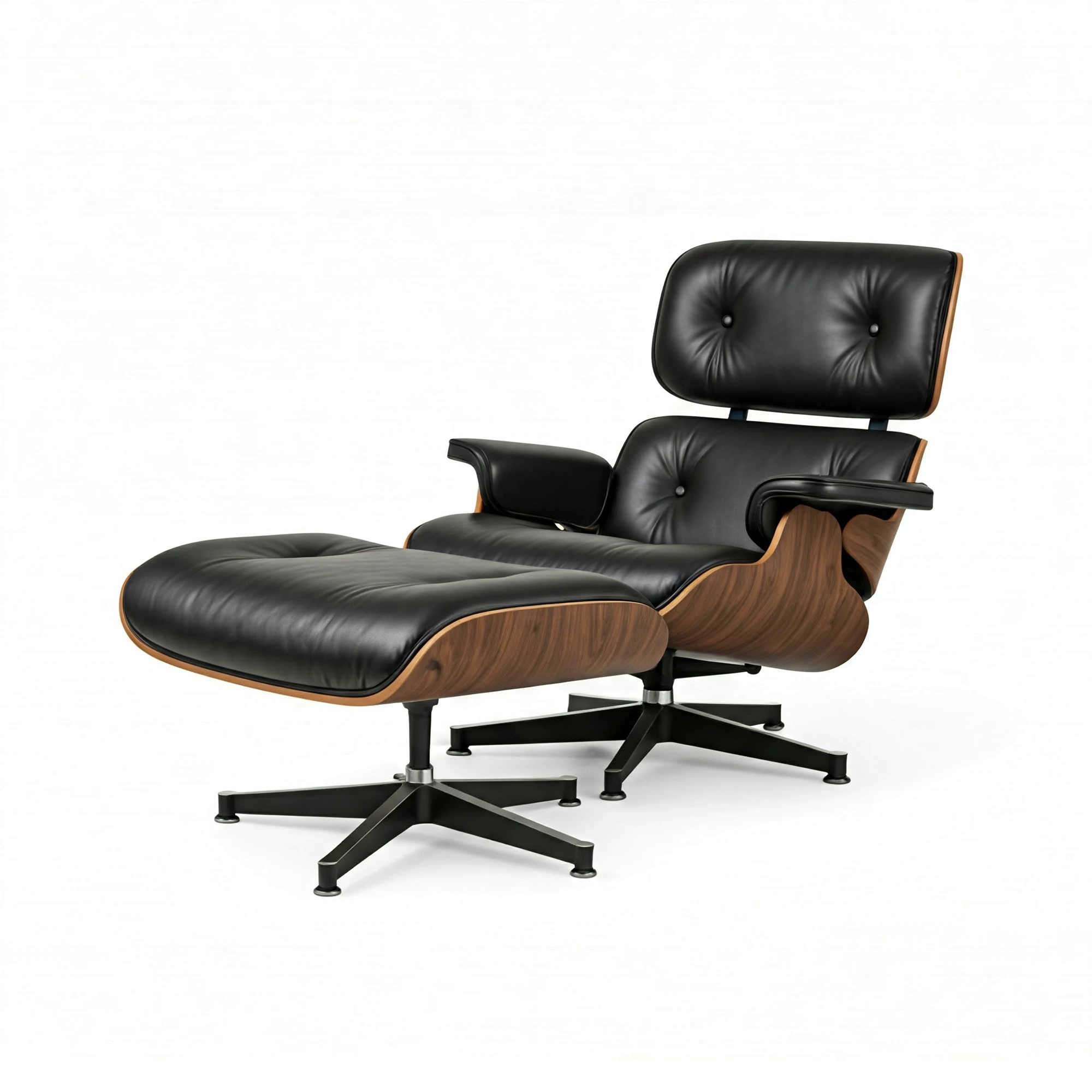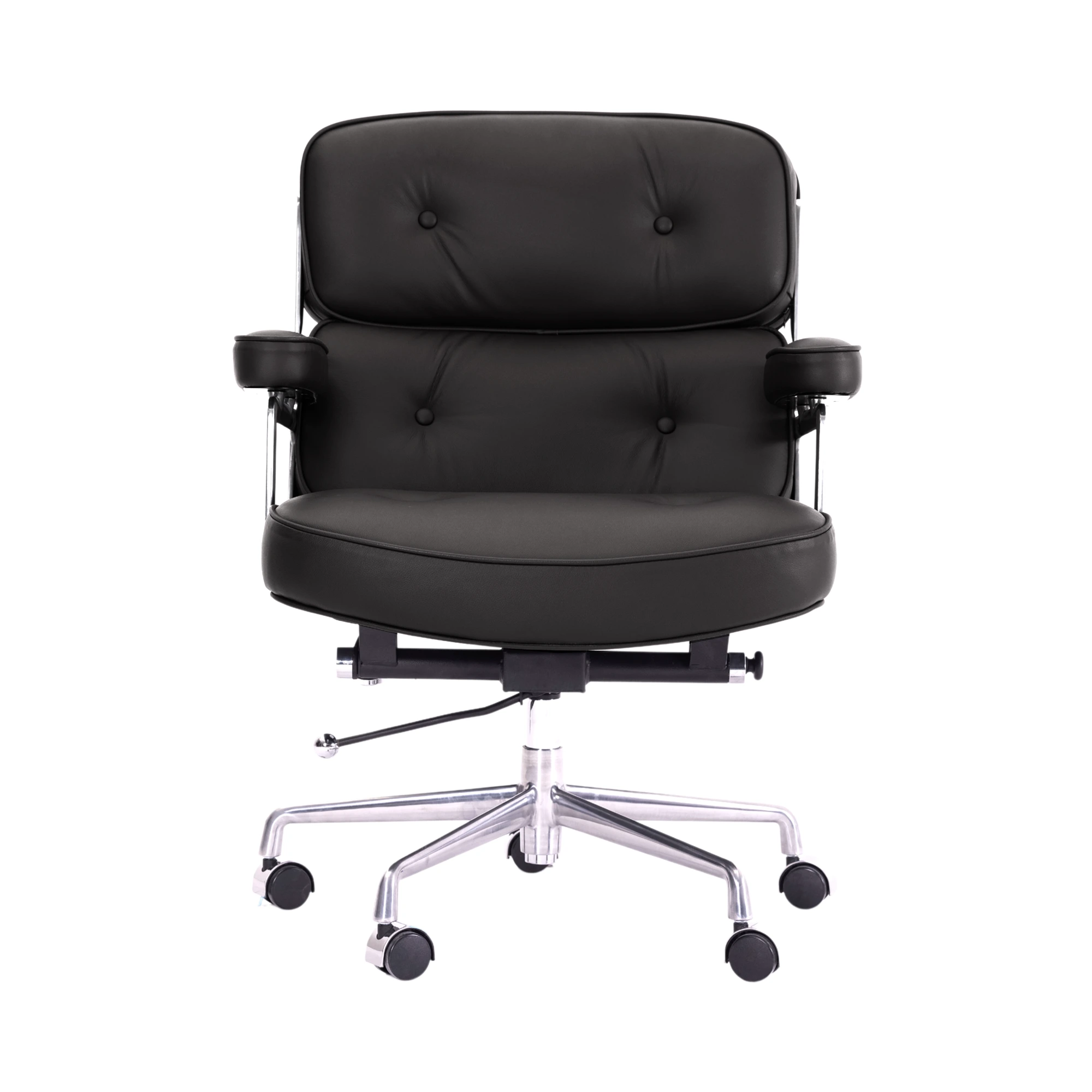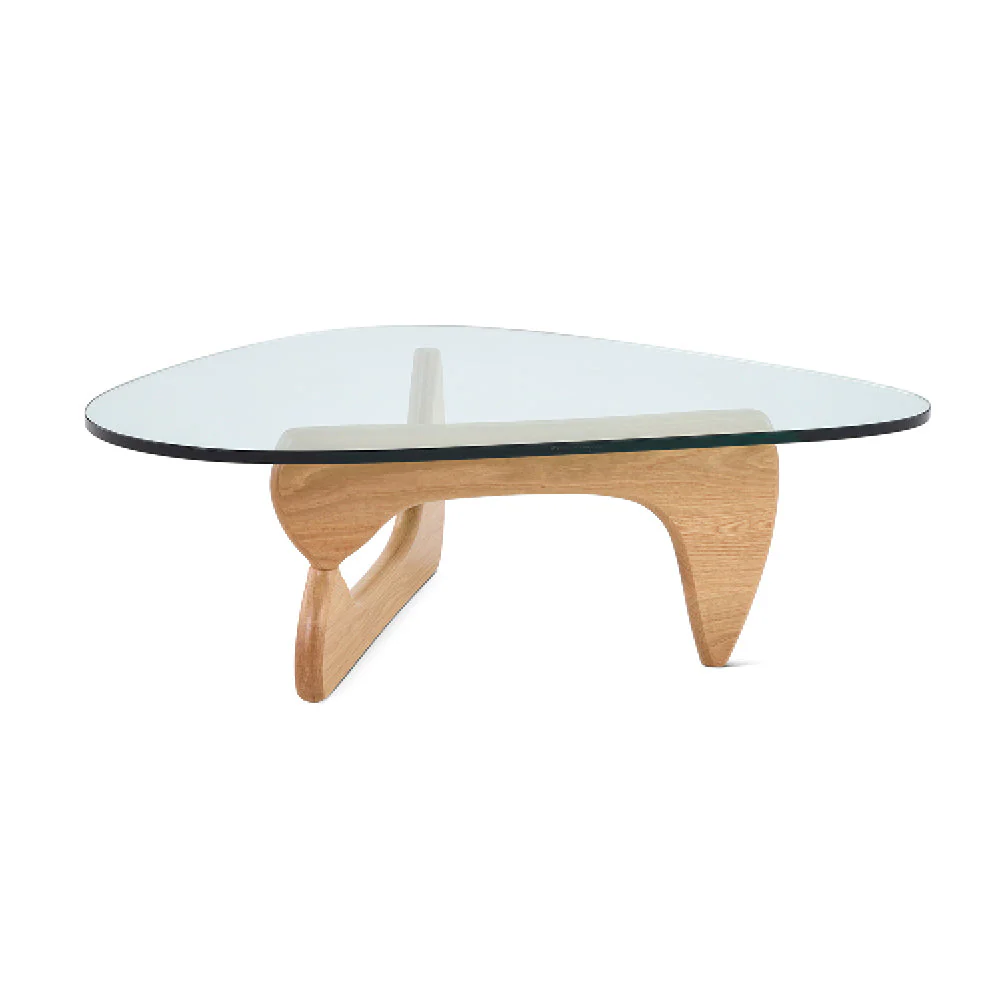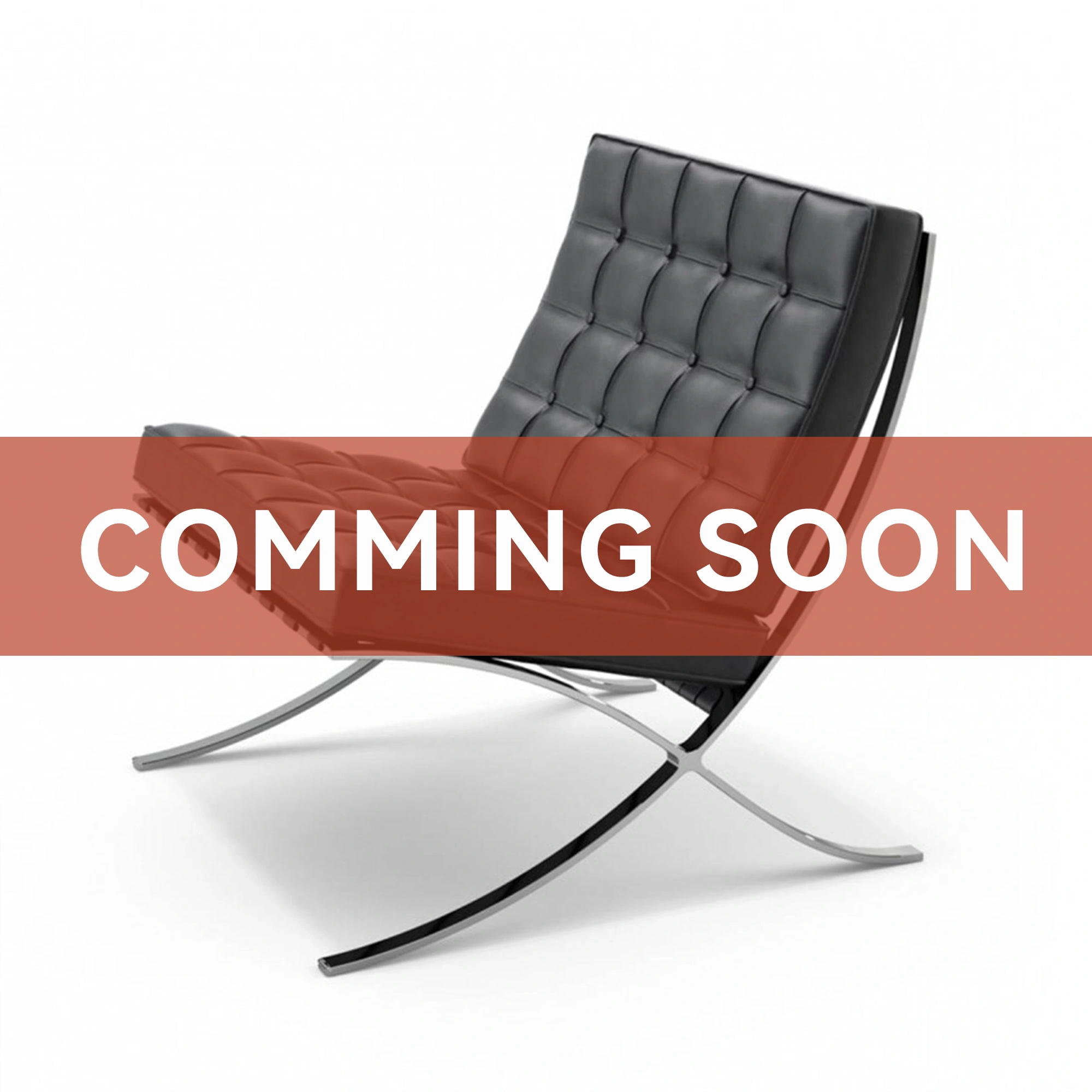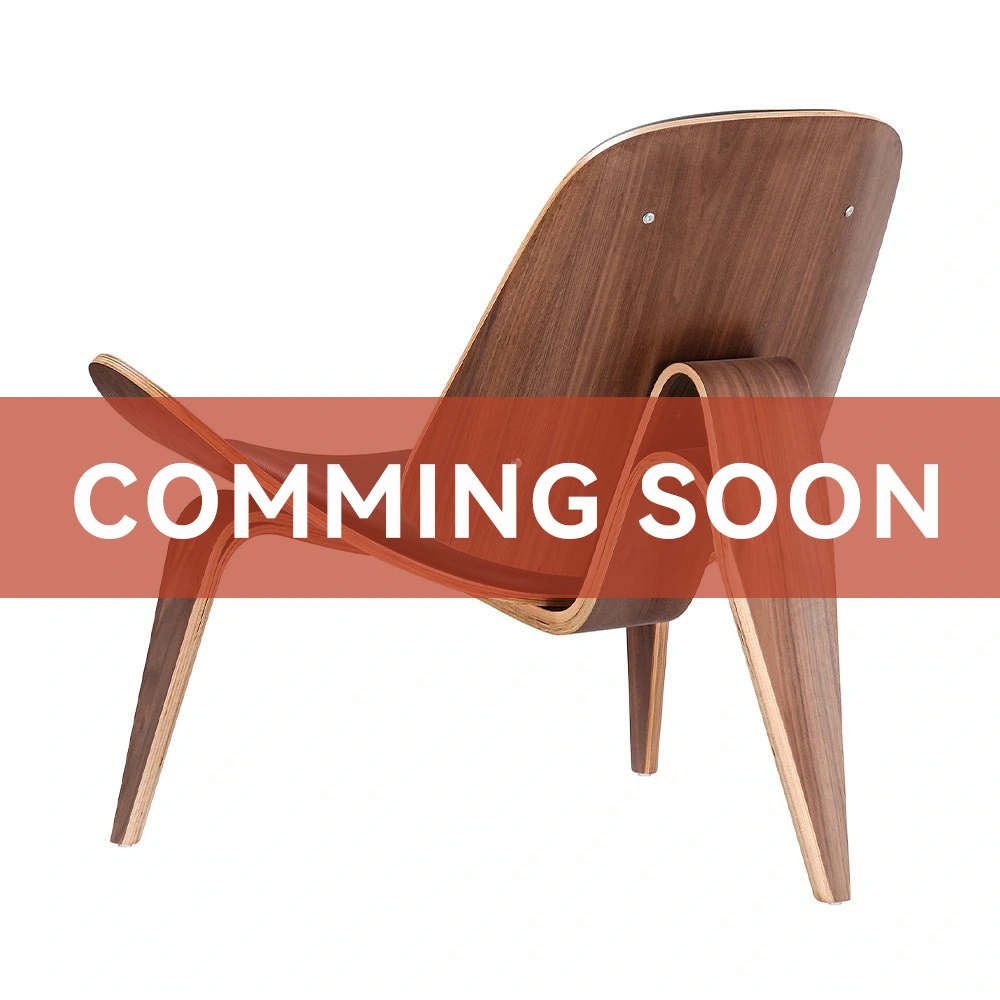Ultimate Guide to Maximizing Small Apartment Space: 7 Architectural Tricks to Double Your Visual Space
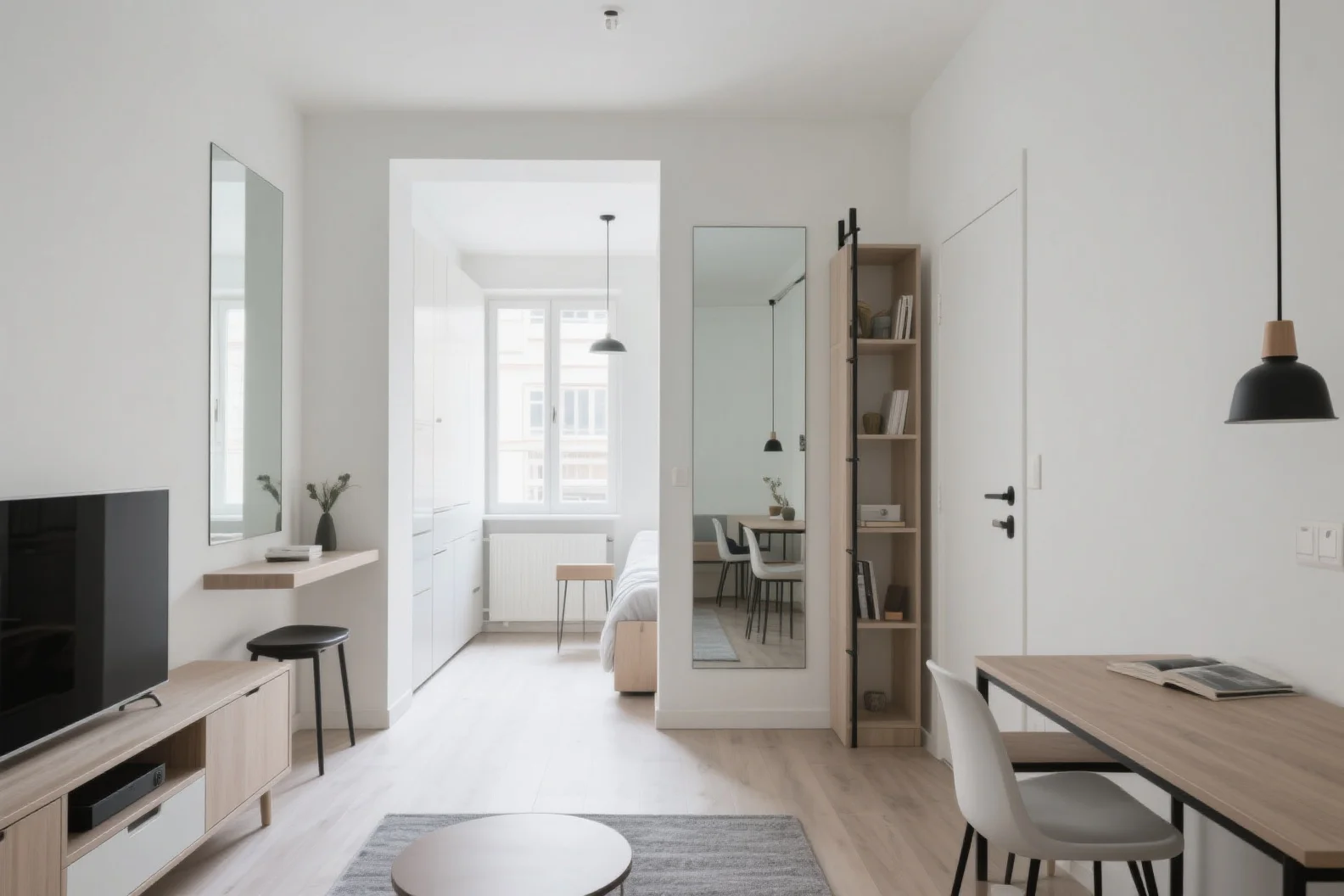
Imagine this: your apartment, although compact, holds endless possibilities. The sunlight pours through your windows, but each time you step into the living room, it feels a little cramped. You've tried every storage trick, but still, the space feels "full" and confined. Over time, you realize the issue isn’t the lack of space, but how it's perceived. The solution doesn’t lie in gaining more square footage; it’s about manipulating design elements to change how you perceive the space. With a few architectural design tricks, you can visually expand your apartment, making it feel bigger, airier, and far more comfortable.
Let’s explore seven architectural tricks that can double the visual space in your apartment, creating a more open, breathable environment.
1. The Magic of Mirrors: Reflection and Expansion
Mirrors are not just practical; they’re a powerful design tool when it comes to visually expanding a space. Strategically placed mirrors reflect light and create the illusion of depth, making a room appear larger. By positioning mirrors in the right places, you can make your apartment feel more expansive and inviting.
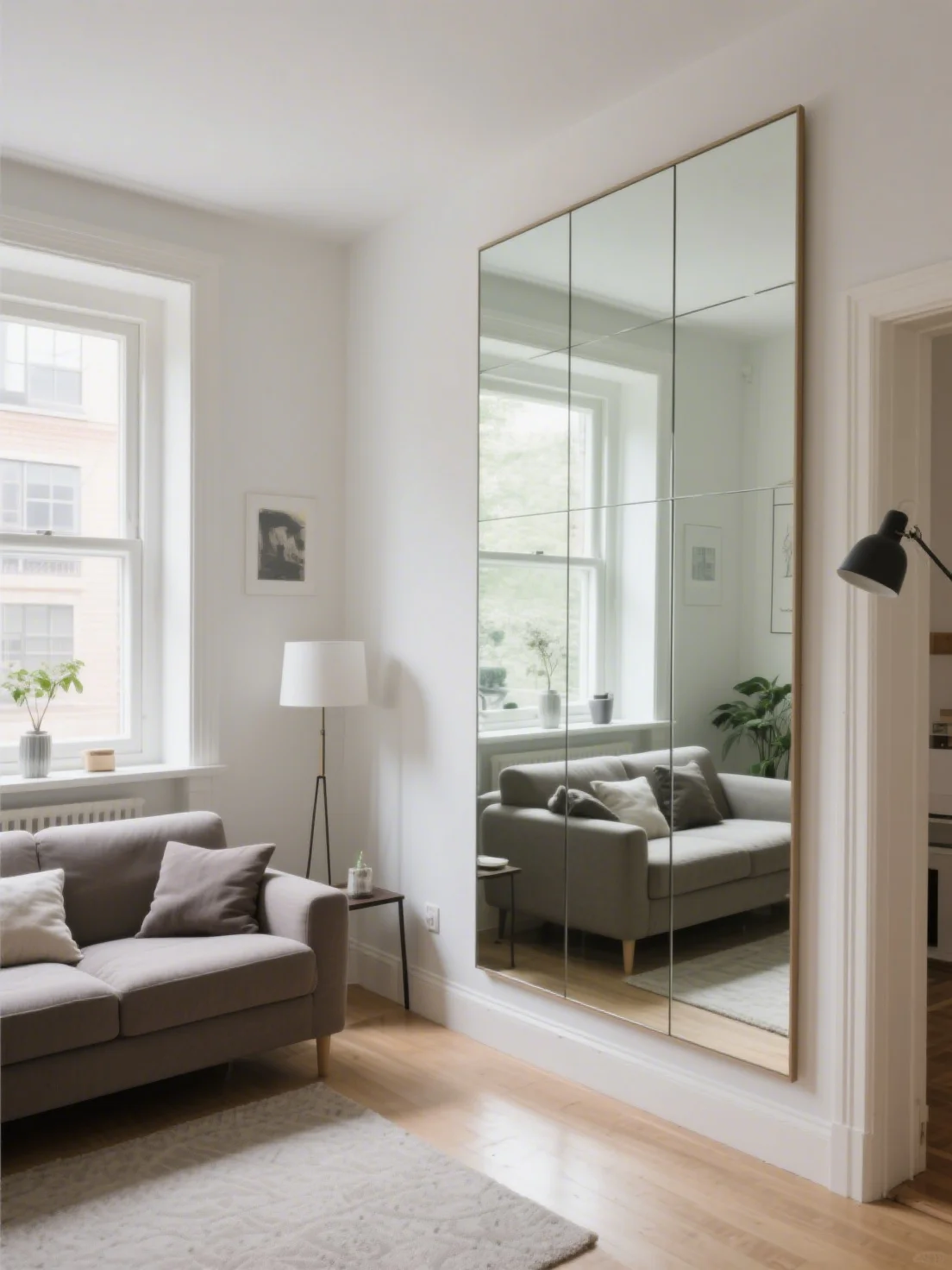
2. Light Play: Using Natural and Artificial Light Together
Light is one of the most effective ways to enhance the sense of space. Natural light floods a room, giving it a feeling of openness. But artificial lighting plays an equally important role in creating depth. Layering different types of light—such as floor lamps, table lamps, and pendant lights—adds dimension and makes a room feel more open, especially in the evening when the sunlight fades.
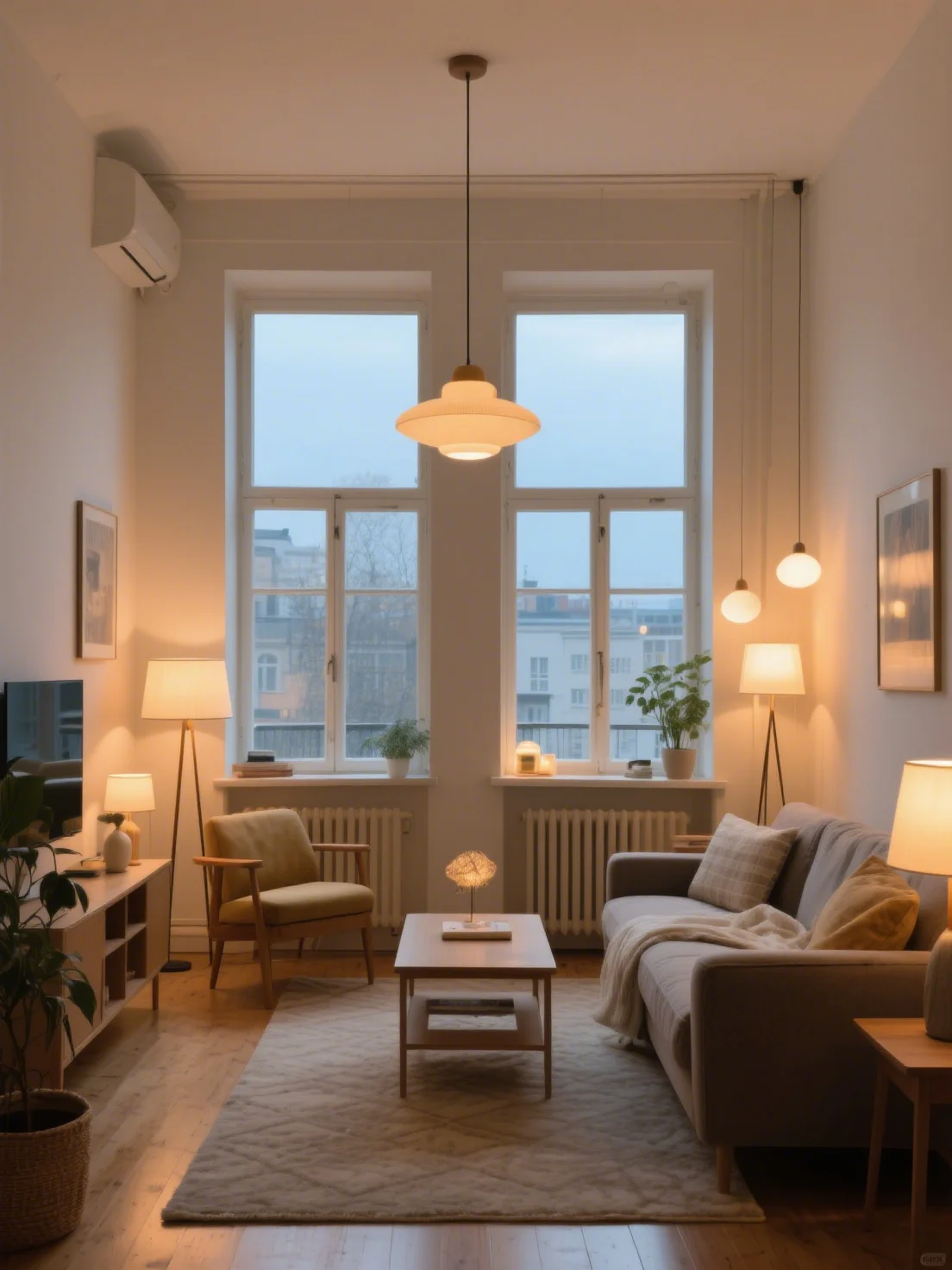
3. Open Floor Plan: Breaking Boundaries for Fluidity
In small apartments, walls can make spaces feel crowded. Removing unnecessary partitions and embracing an open floor plan can create fluidity between rooms, allowing the space to feel more connected and expansive. Open layouts facilitate the eye’s movement across the room, enhancing the feeling of openness.
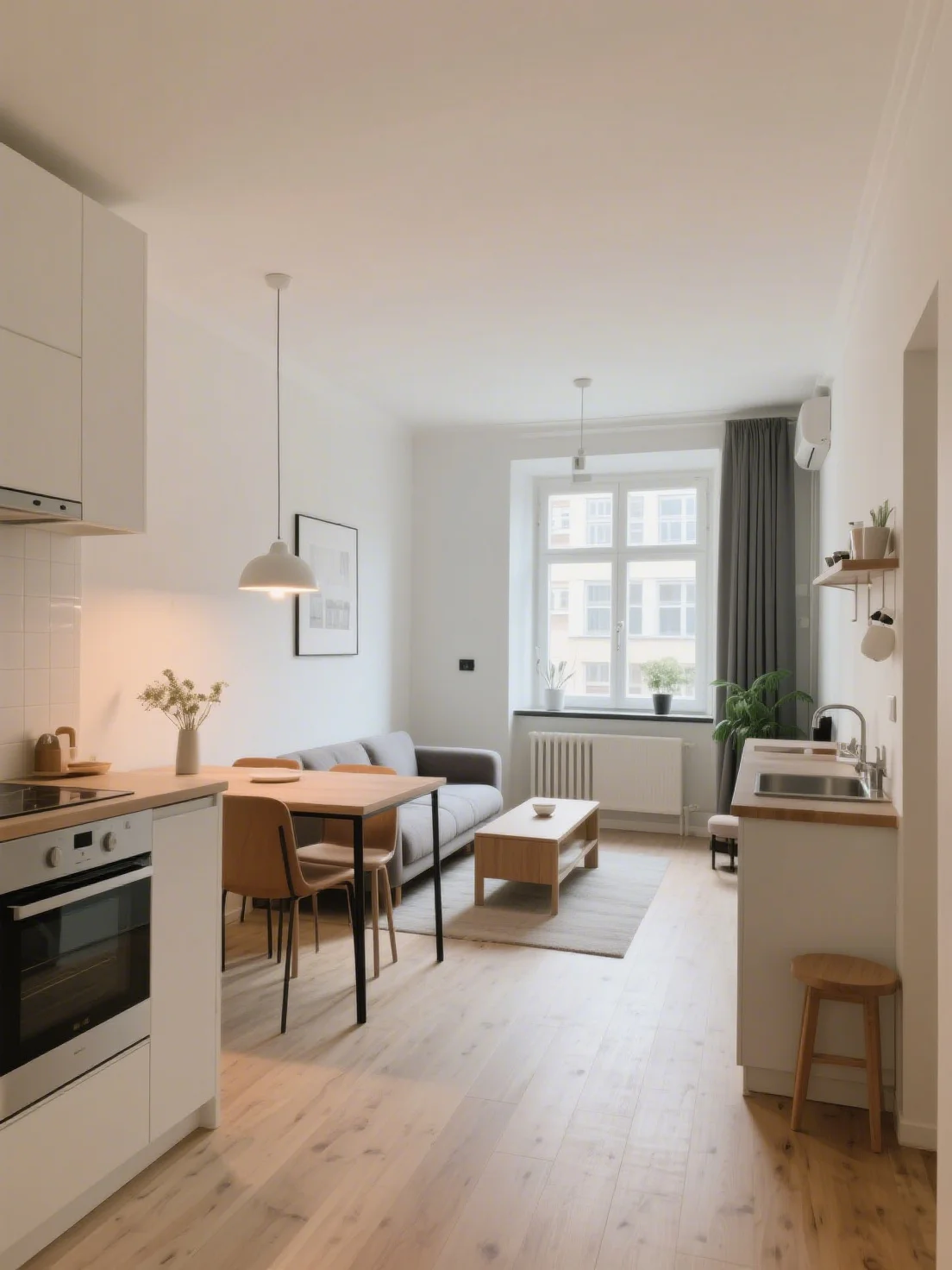
4. Vertical Space: Maximizing Height for More Room
When horizontal space is limited, look up! Vertical space is often underutilized but can make a big difference in expanding the room's perceived height. Tall bookshelves, hanging planters, or vertical storage systems can add both style and practicality, making your space feel taller and more expansive.
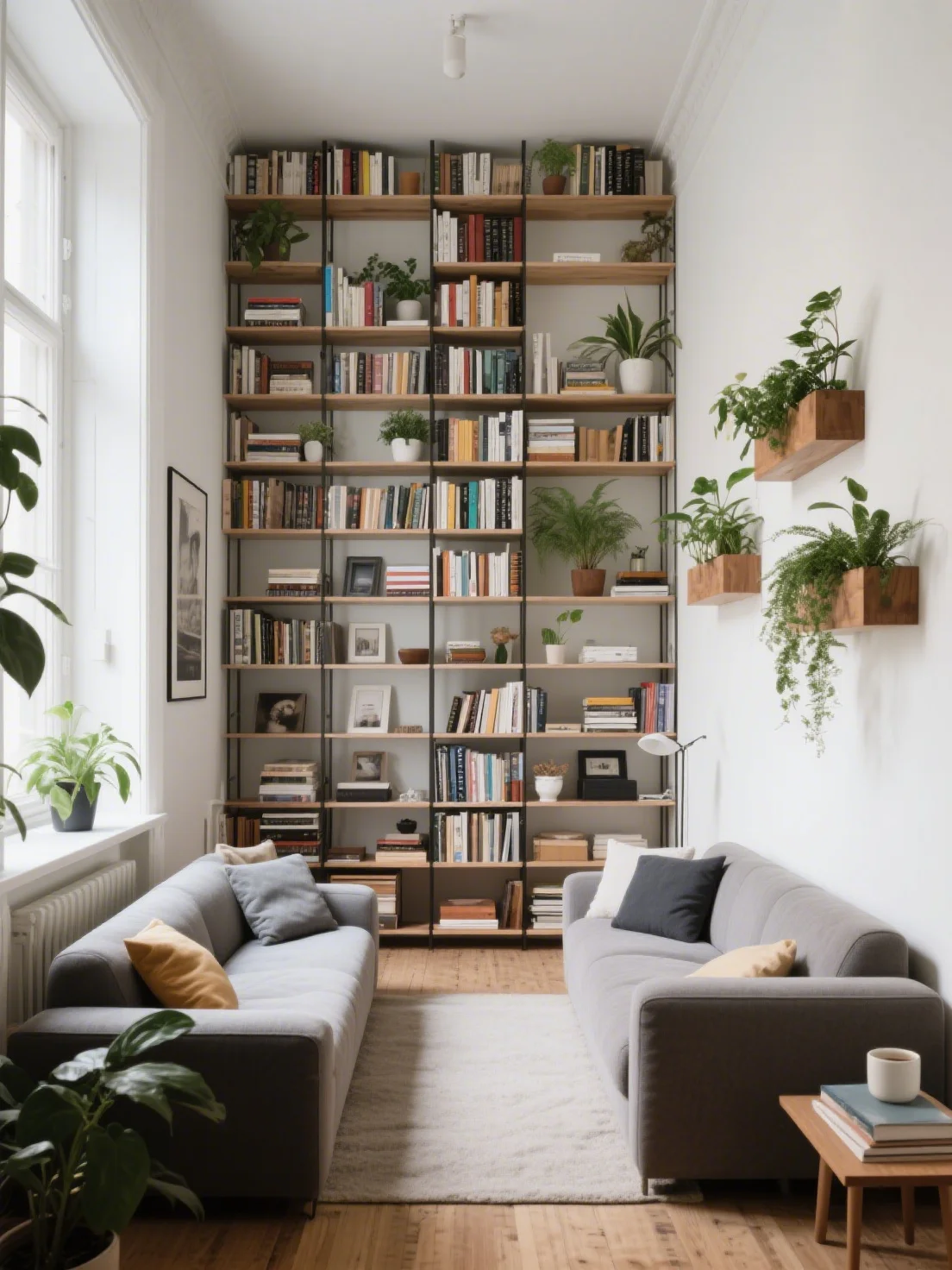
5. Monochrome Palette: Simplifying with a Cohesive Color Scheme
A monochrome color palette is an easy way to make a small space feel larger. Using shades of a single color (or subtle variations of a hue) creates a seamless flow from one area to the next, eliminating harsh boundaries and making the room feel more cohesive and spacious.
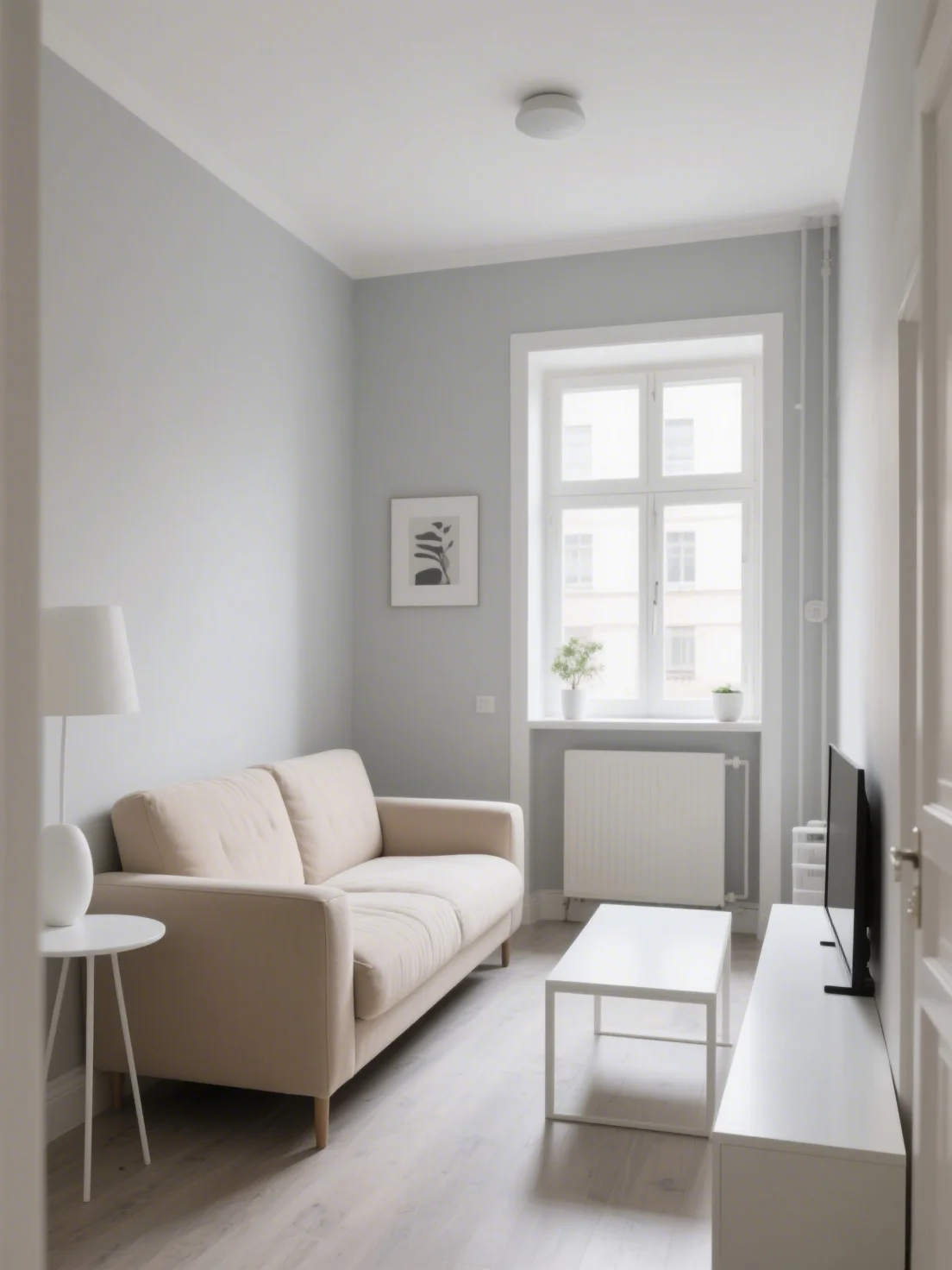
6. Multipurpose Furniture: Streamlined and Functional
In small spaces, every piece of furniture needs to serve more than one purpose. Opting for multifunctional furniture, like a sofa bed or storage ottoman, saves space and keeps your apartment tidy. When furniture is slim, low-profile, and functional, it allows for more open floor space, preventing the room from feeling cramped.
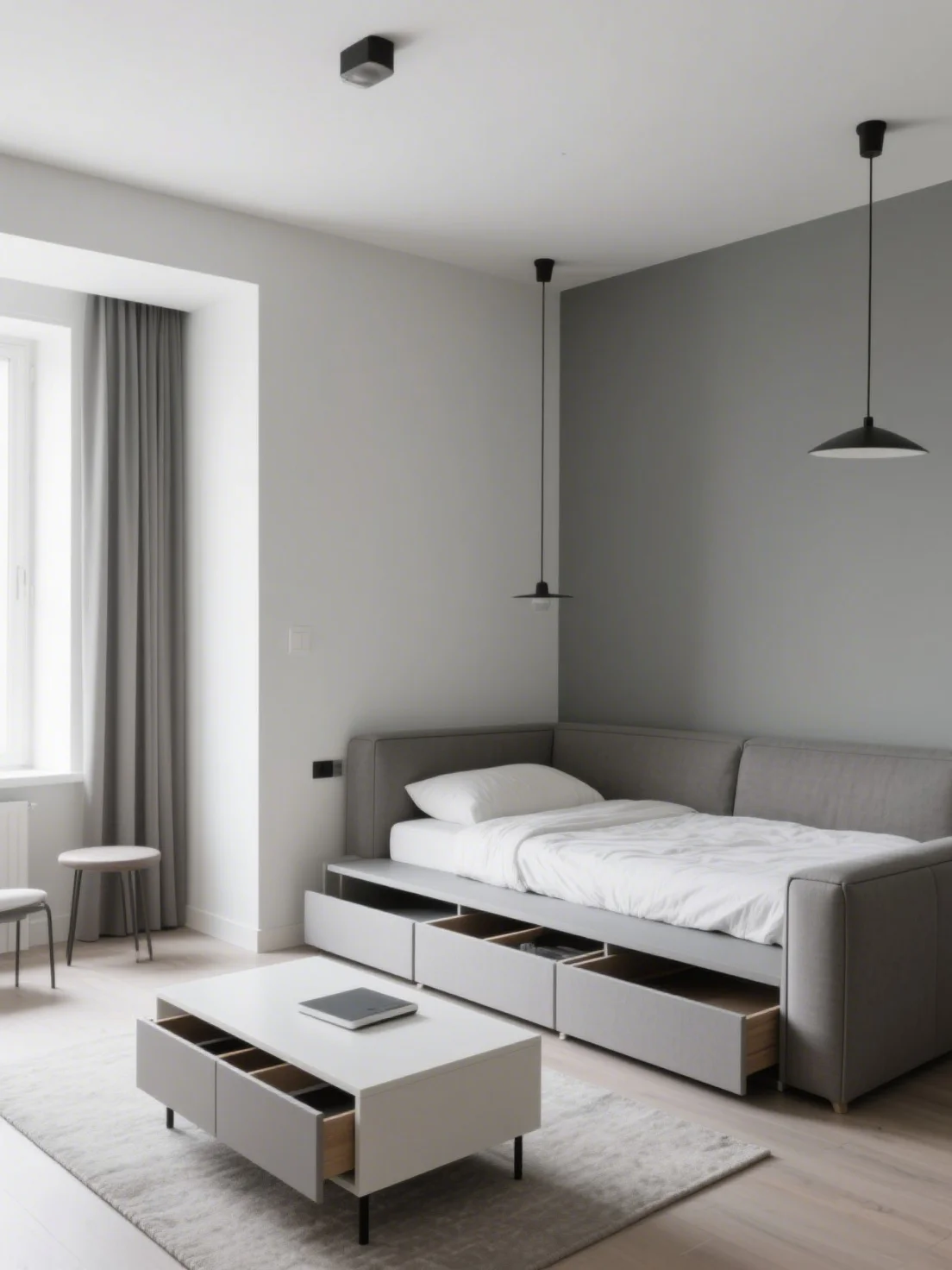
7. Focal Points: Drawing the Eye to Key Areas
In a small apartment, creating focal points helps distract from the space’s limitations. By focusing attention on specific areas with color, texture, or artwork, you create depth and interest, leading the eye to look beyond the room’s boundaries. A bold art piece, a striking light fixture, or an accent wall can make the room feel larger and more dynamic.
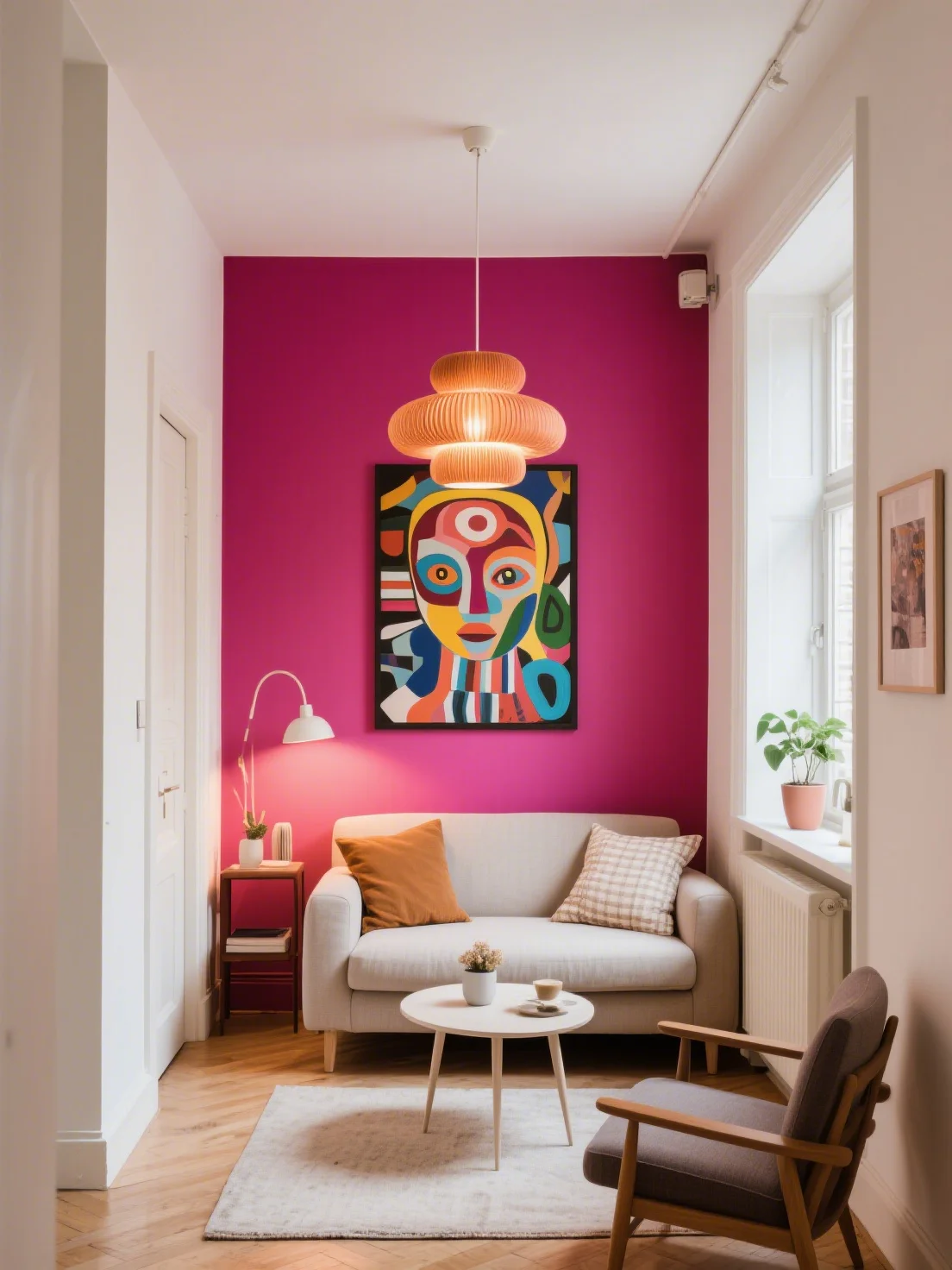
When it comes to maximizing the potential of small spaces, the secret lies in how you manipulate light, reflections, and layouts to create a more open and breathable environment. These architectural tricks offer powerful solutions to transform any apartment, making it feel larger and more inviting without the need for renovations.
At Artivano, we embrace the philosophy that exceptional design can make every space feel both stylish and functional. Our focus on timeless craftsmanship and thoughtful design ensures that even the smallest apartments can feel spacious, comfortable, and filled with character. Whether you're working with a cozy urban studio or a more spacious suburban retreat, the right design principles can turn any space into a true home.
